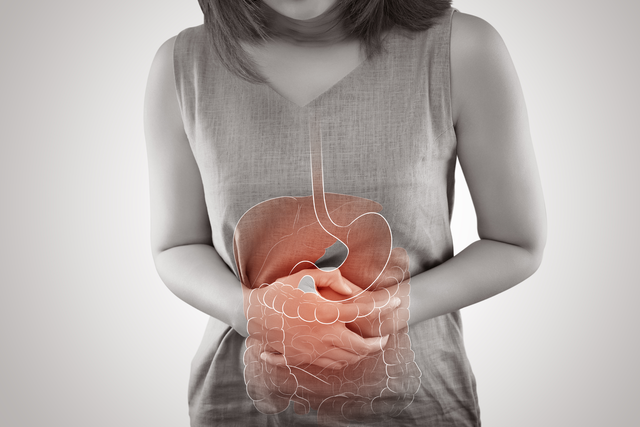PATIENT EDUCATION
Understanding ERCP
What is an ERCP?
ERCP, or endoscopic retrograde cholangiopancreatography, is a technique that is used to study the body’s bile ducts, gallbladder, or pancreatic duct. These ducts are a series of thin tubes that bile travels through, aiding digestion. The liver ducts are called bile or biliary ducts, while the ducts that act as a drainage channel for the pancreas are called pancreatic ducts. These ducts are joined before their drain into the bowel through an opening called the papilla. The sphincter of Oddi is the circular muscle that surrounds the papilla. An ERCP procedure combines the use of an x-ray and an endoscope, which is a flexible and lighted tube, to treat or diagnose issues in the liver, bile ducts, gallbladder, and pancreas.
An ERCP may be required if a patient experiences abdominal pain or jaundice that cannot be explained. It may also be used to obtain more information about the pancreas, liver, or bile ducts if a patient has cancer. Other conditions that an ERCP can be used to explore include tumors, bile duct infections, blockages of the bile or pancreatic ducts, and fluid leakage from the ducts.
What is an ERCP procedure like?
Before an ERCP procedure, patients should inform their doctor of any allergies they have to materials or substances such as latex, iodine, medications, or contrast dyes. Patients should also inform the doctor if they are pregnant. They should also notify their doctor if they are taking any aspirin products, insulin, clopidogrel, arthritis medication, or blood thinners. Patients will be required to fast for at least six hours before the procedure and may be asked to fast starting the night before. A local anesthetic may be applied to the throat, and the patient may also be given a sedative. Certain patients may also be required to take antibiotics before the procedure. The patient will lie on their stomach or their left side for the procedure on an x-ray table. They may feel bloated due to the air introduced during the procedure, and a mouth guard may be used to keep them from biting down on the endoscope after it is inserted.
Using the endoscope, the doctor will guide the device down the esophagus, into the stomach, and through the duodenum. Once they reach the ducts, a small tube will be used to inject contrast dye, and x-rays will be taken. If needed, samples of fluids or tissue will also be obtained, and other procedures such as the removal of blockages or gallstones may be completed as well. The endoscope will then be withdrawn, and the procedure will be concluded. A doctor will discuss the results with the patient at a follow-up appointment. The patient will be sent home after the sedatives have worn off and may experience bloating or gas. Patients should be able to resume their usual diet after the procedure and their regular activities the next day.
Contact Granite State Gastroenterology if you think an ERCP could help diagnose any conditions based on your symptoms.

Patient Education
Understanding ERCP
Understanding
Diverticulosis
Understanding Colon
Cancer Screenings
Understanding Capsule
Endoscopy
